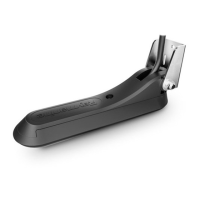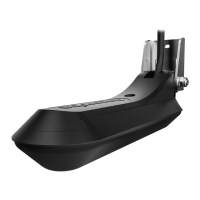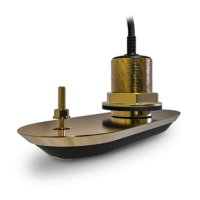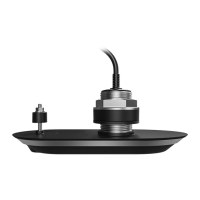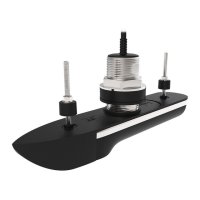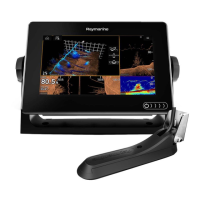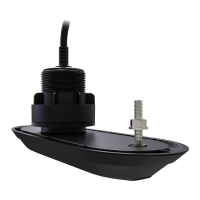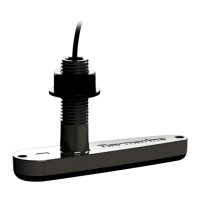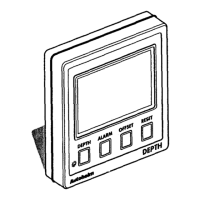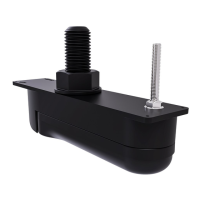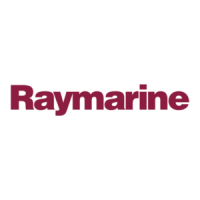
Do you have a question about the Raymarine RSW-Wired and is the answer not in the manual?
| Brand | Raymarine |
|---|---|
| Model | RSW-Wired |
| Category | Transducer |
| Language | English |
General safety warnings related to product installation and operation.
Warnings concerning product grounding before applying power.
Disclaimers, warranty registration, and product disposal information.
Identifies the products to which this document applies.
Provides important installation information for Raymarine products.
Explains formatting and terminology used throughout the document.
Instructions for ensuring display software is up to date.
Overview of the RSW-Wired Smart Wind transducer system.
Details compatibility with Raymarine and third-party systems.
Illustrates system components connected with the wind transducer.
Lists components included in the product box and optional accessories.
Provides physical dimensions for the wind transducer unit.
Provides physical dimensions for the gateway unit.
Important warnings and cautions for product placement and installation.
Guidelines for optimal placement of the wind transducer.
Guidelines for optimal placement of the gateway unit.
Lists the necessary tools for product installation.
Instructions on how to route the mast cable.
Step-by-step guide to mounting the wind transducer.
Step-by-step guide to mounting the gateway unit.
Provides guidance on cable types, routing, strain relief, and isolation.
Diagram and explanation of transducer and gateway connections.
Step-by-step instructions for connecting cables.
Details methods for powering the SeaTalkng backbone.
Guides on selecting the correct power connection point on the backbone.
Recommendations for distributing power on the SeaTalkng network.
Instructions for powering via a compatible Raymarine Autopilot Control Unit.
Details three options for establishing a gateway ground connection.
Step-by-step guide to connecting the transducer cable.
Procedure for connecting the mast cable to the gateway.
Instructions for connecting the gateway to the SeaTalkng/NMEA 2000 network.
Explains required configuration for accurate readings relative to vessel heading.
Guide to configuring the transducer via a LightHouse 4 display.
Guide to configuring the transducer via an i70/i70s instrument display.
Details product limitations for user service and routine equipment checks.
Provides causes and corrective actions for common installation and operation problems.
Specific guidance for troubleshooting wind data display issues.
Lists LED indications and their corresponding status/solutions.
Contact information and procedures for product support, warranty, and repairs.
Lists available resources like video tutorials and training courses.
Details the physical dimensions and weight of the product.
Outlines the measurement ranges and accuracy of the transducer.
Specifies voltage, current, and fuse requirements.
Covers operating temperature, storage, humidity, and waterproof ratings.
Lists available spare parts for the RSW-Wired transducer.
Details GNSS receivers compatible with the wind transducer.
Details SeaTalkng cables, connectors, and kits.
